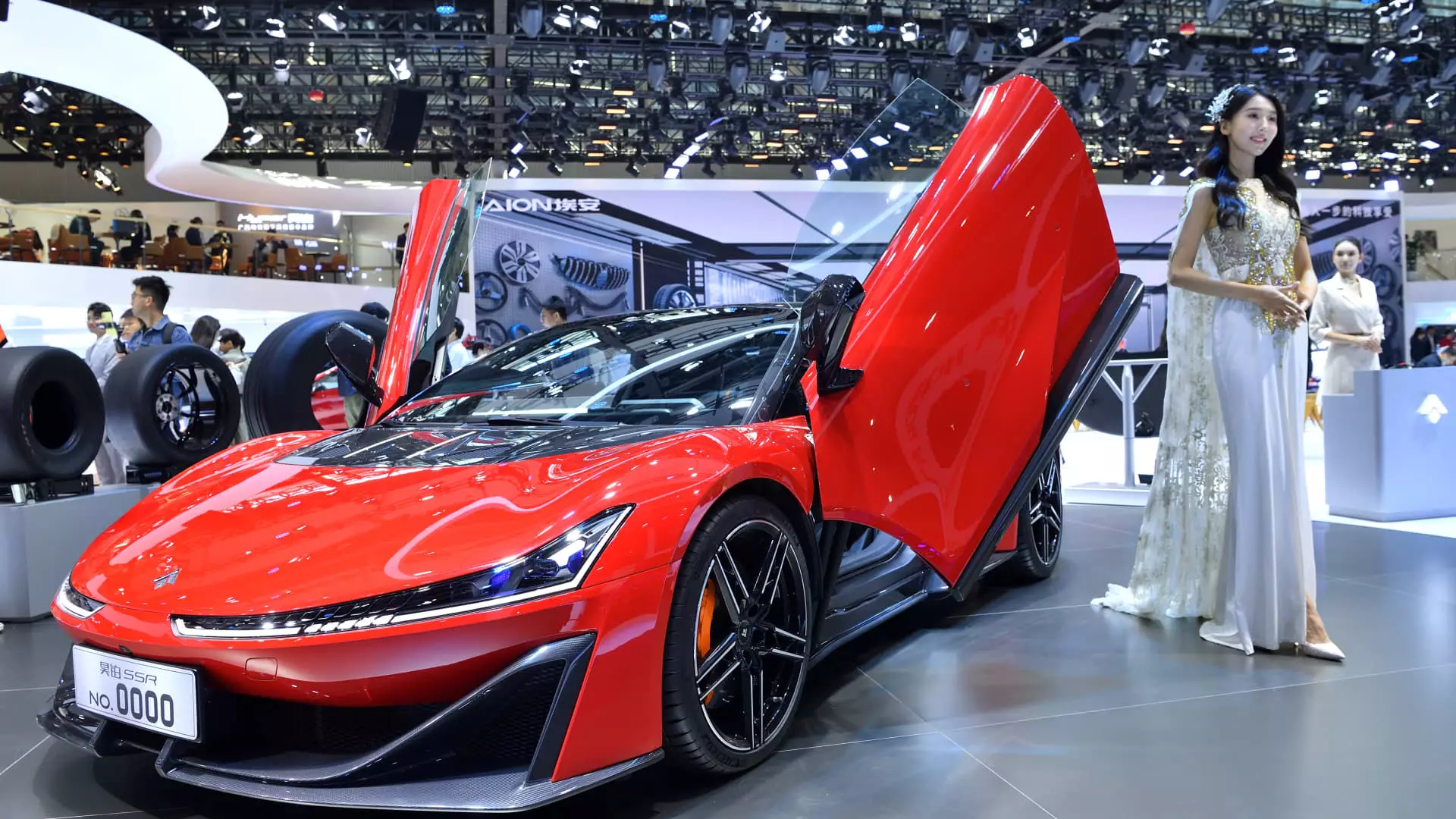Chinese automakers are rapidly expanding outside of their home country, with a projected goal of achieving 33% of the global automotive market share by the year 2030. According to a recent report by AlixPartners, this growth will be a significant increase from the current 21% market share. It is expected that a large portion of this expansion will come from markets outside of China, with sales projected to grow from 3 million to 9 million by the end of the decade.
The rapid growth of Chinese automakers is causing concern among legacy automakers and politicians worldwide. There are fears that the influx of less-expensive, China-made vehicles will flood the markets and undercut domestically produced models, particularly in the all-electric vehicle sector. AlixPartners predicts that Chinese brands will expand globally across all markets, although there may be smaller growth in regions such as Japan and North America due to stricter safety standards and trade policies.
Mark Wakefield, global co-leader of the automotive and industrial practice at AlixPartners, describes China as the industry’s new disruptor. Chinese automakers have the capability to create must-have vehicles that are faster to market, cheaper to buy, advanced in technology and design, and more efficient to produce. This disruption has already impacted legacy automakers like General Motors, which have lost ground in China to domestic brands such as BYD, Geely, and Nio.
Chinese automakers are expanding globally due to cost advantages, localized production strategies, and highly tech-enabled vehicles that cater to evolving consumer preferences. AlixPartners predicts that Chinese automotive brands will see significant growth in market share in regions such as Central and South America, Southeast Asia, the Middle East, Africa, and Europe. The market share of Chinese automakers in Europe is expected to double from 6% to 12% by 2030.
Chinese EV automakers have demonstrated a competitive edge by creating new products in half the time of legacy automakers. They achieve this by designing and testing to meet standards efficiently, rather than overengineering. Additionally, Chinese automakers have a 35% cost advantage due to their “Made-in-China” production. To compete with these emerging players, traditional automakers will need to reevaluate their business development processes and accelerate their pace of vehicle development.
The rise of Chinese automakers in the global market is reshaping the automotive industry as we know it. With their cost advantages, localized production strategies, and innovative approach to vehicle development, Chinese brands are poised to significantly increase their market share worldwide. Legacy automakers will need to adapt to this changing landscape in order to remain competitive and relevant in the years to come.

